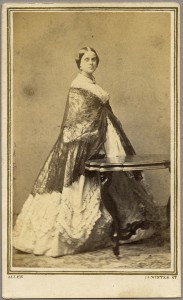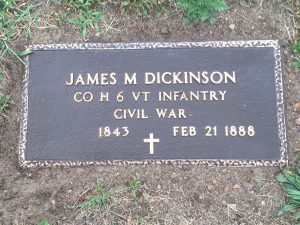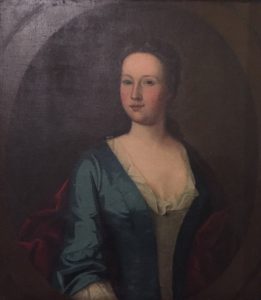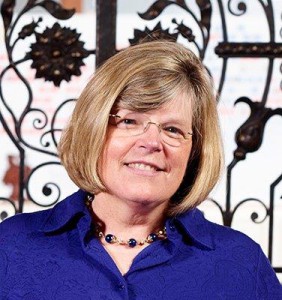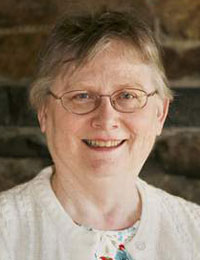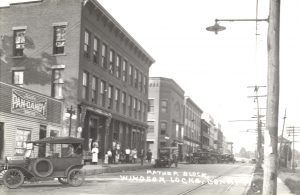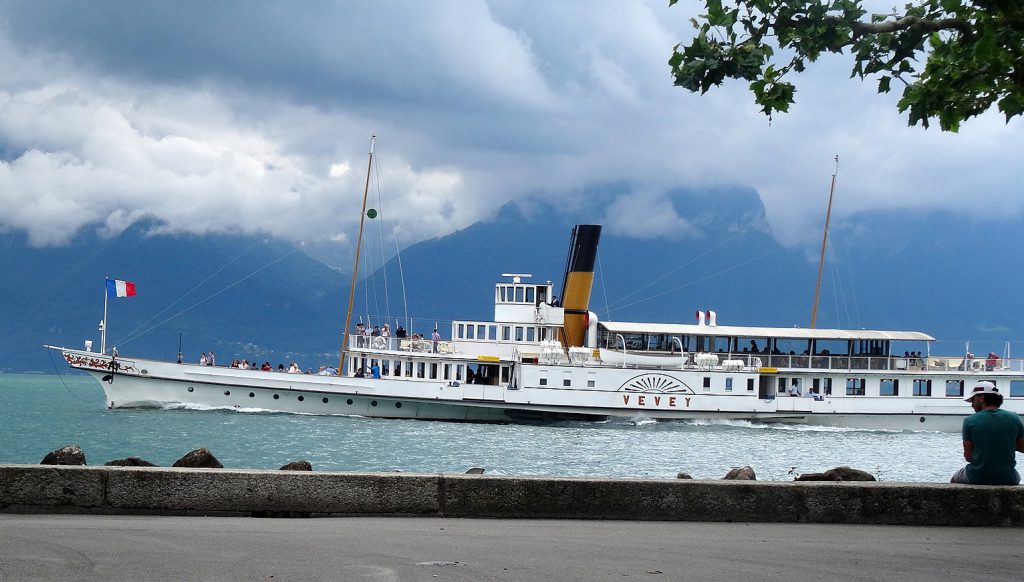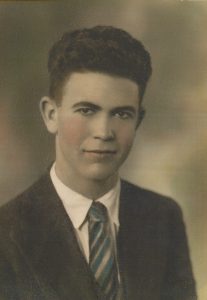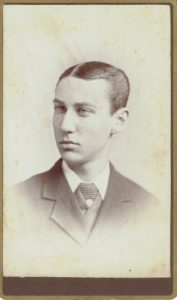
Many family history researchers are hard-pressed to find personal information, photographs, memorabilia, or heirlooms to treasure and preserve. I am not one of them, and yet I seem to have a remarkable supply of “memories of things unknown,” the scraps of someone’s attempt to memorialize a moment or a personality in a manner obvious to the author but obscure to later generations. I have stacks of unmarked photos of unnamed family members, locations, cattle, horses, barn cats, and especially Dalmatian dogs.
My great-grandfather Ambrose Church’s autograph book from his school days at the Oak Grove Seminary in Vassalboro, Maine – a girls’ school founded by the Society of Friends, but open as co-ed to local children – is a case in point. Continue reading Memories of things unknown
